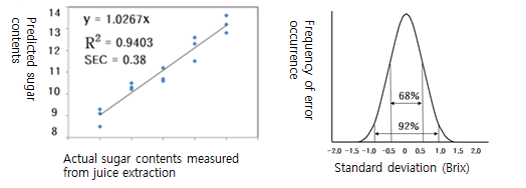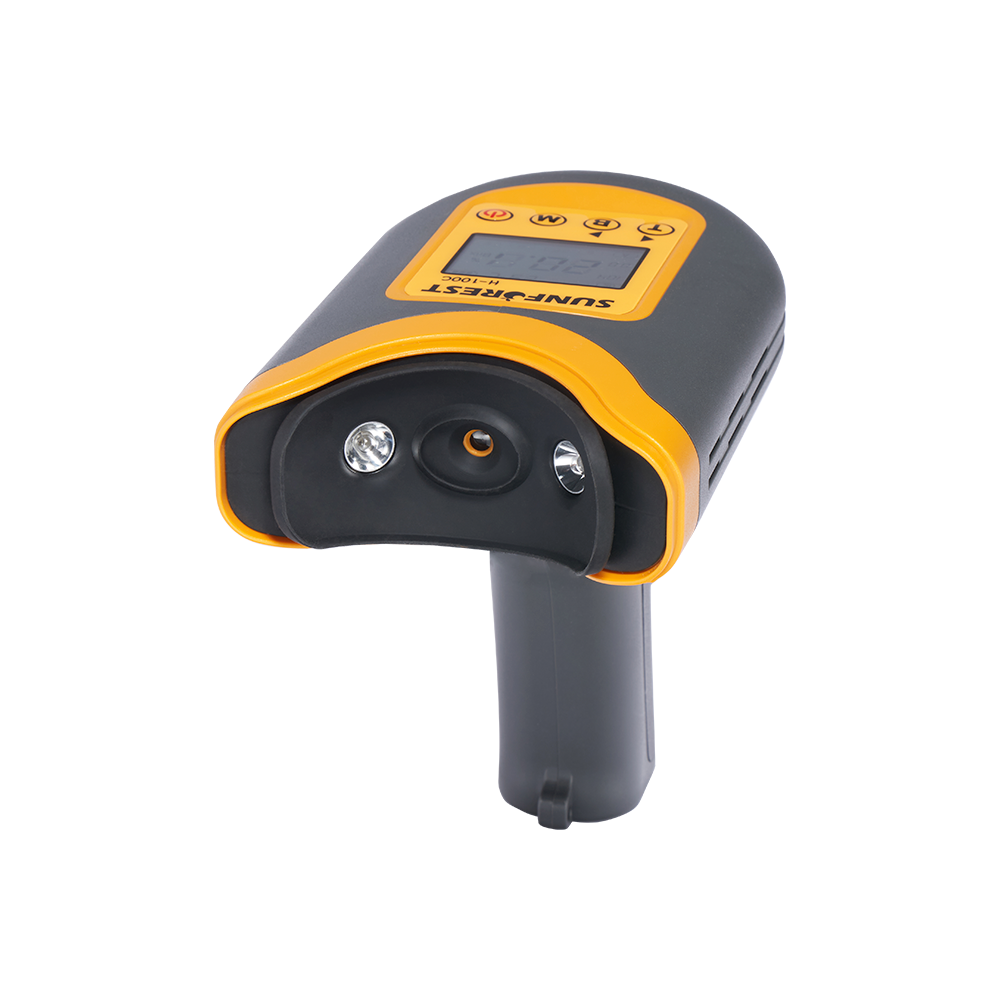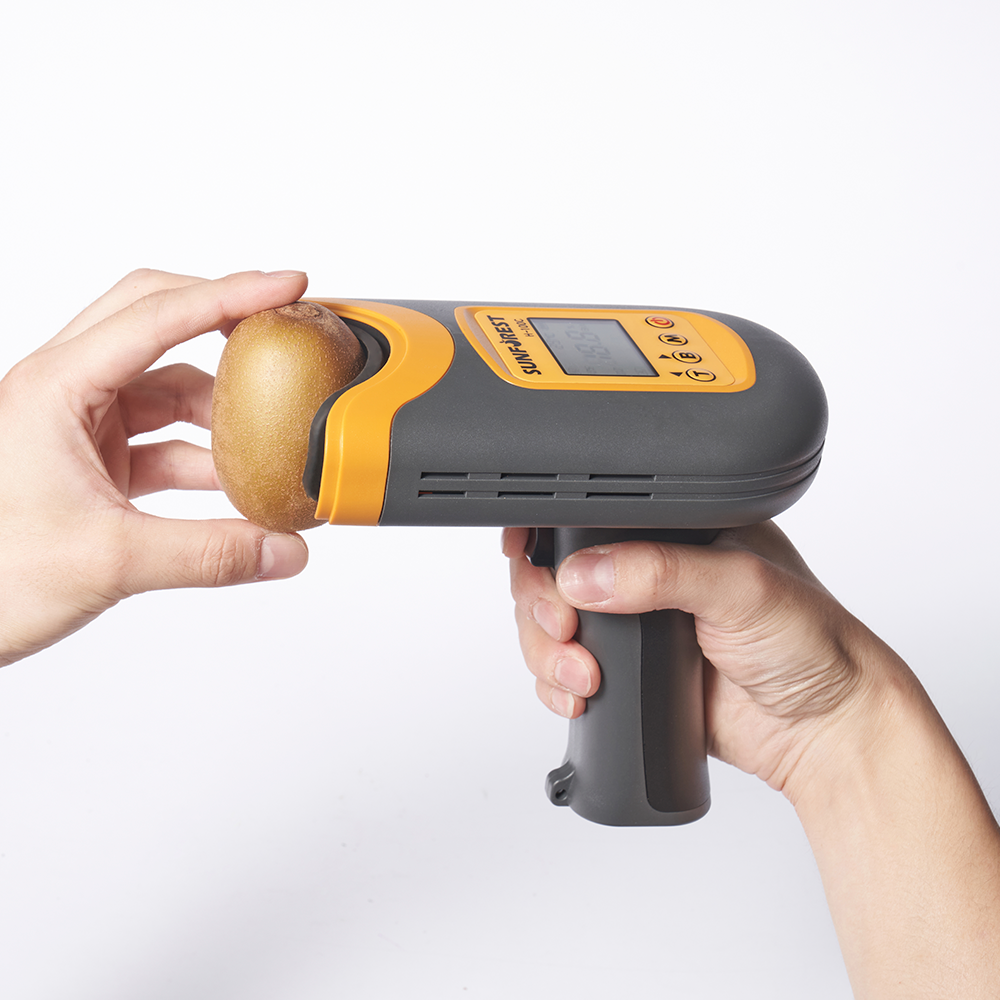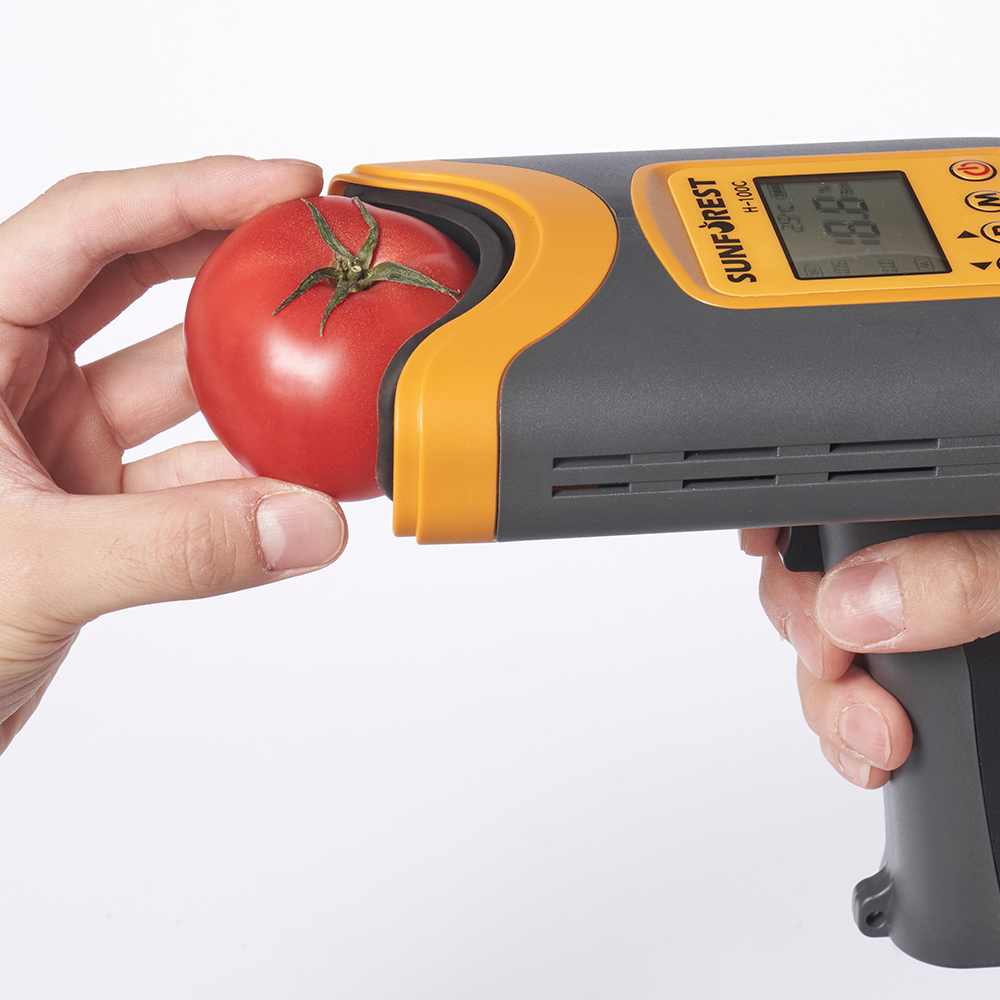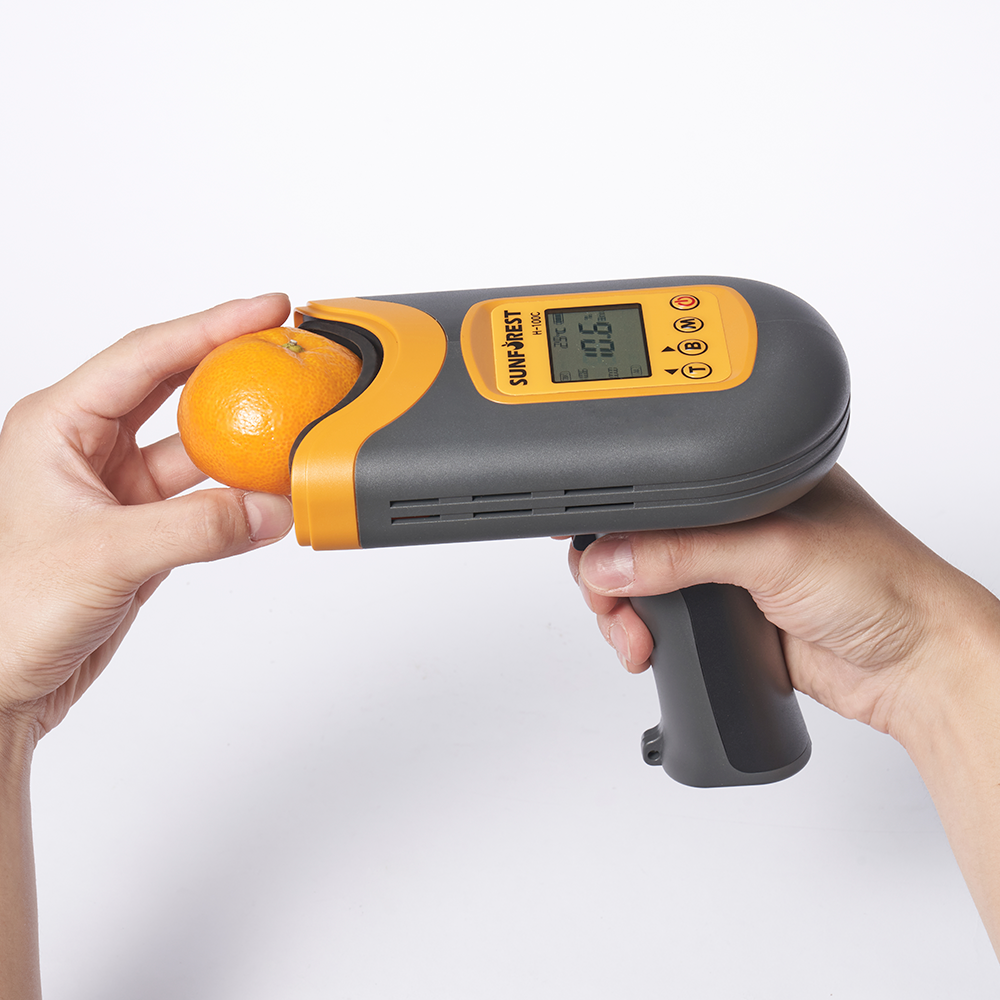H-100C
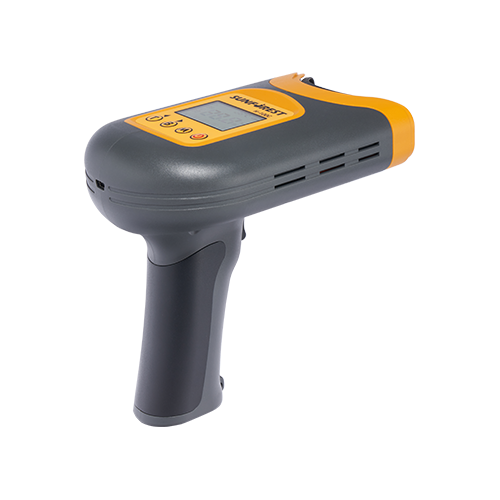
Portable Nondestructive Fruit Quality Meter
The SUNFOREST H-100 series is a range of field portable NIR spectrometer that can non-destructively measure internal quality of fruits such as Brix, Dry Matter, Moisture, etc.
The H-100 series can be widely used from orchard to fresh market as a useful tool determining produce quality at every application. It could provide very simple and rapid bulk testing, helping growers to determine when to harvest on orchard and also allowing supply chains to carry out import inspections.
Trusted by thousands of clients in the fruit industry, the SUNFOREST H-100C has proven to be a reliable instrument for determining and tracking fruit quality metrics. It can detect fruit quality in up to 10 varieties and types of fruits.
A demonstration model* is included for the fruit that you select. A bias correction can be made by comparing the nondestructive prediction to the actual value of the juicing refractometer. If desired, models can be upgraded to your exact fruit variety. Perform comparative tests with the H-100C to destructive measurements, then send this to us and a new model will be built for you. Then download this to your meter for better accuracy.
GPS Application (by option): The H-100C is compatible with GPS application to show a travel line on orchard map and indicates DM and Brix dots along the path of samplings.
- Kiwifruit DM/Brix/Hue
- Tomato Brix
- Mandarin Brix
- Plum Brix
- Stone fruit Brix
- Corn Moisture
- Strawberry Brix
- Potato DM
- Provides simple and rapid, Brix / Dry Matter testing
- Can be used for bulk, on-orchard measurements
- Quick and easy, diagnosis of the internal fruit quality
- Unit records up to 1,000 scans
- Uses a reference tile to ensure ongoing accuracy
- Ability to analyze spectra for in-depth statistical analysis
- RFID tag scanner (optional)
- Effective at rejecting scans with light interference
- Measures without damaging the sample
- Can store up to 10 fruit models
- Accurate and repeatable results with automatic temperature compensation
- Bluetooth connection to a dedicated mobile app
- Smartphone app allows the user to view and save measurements, display statistical distributions (histograms), correct deviations and select fruit
- One-year warranty with predictive calibration upgrades as necessary
- Includes meter, storage case, rubber shading, measuring area cover, cleaning tool, dedicated charger and user manual
| Category | Specification |
|---|---|
| Metrics |
Sugars (Brix), Dry Matter (%) Metrics may vary by fruit. |
| Measurement range |
Sugars 5.0 to 25.0 Brix 5.0 to 40% Dry Matter Measurement range may vary by fruit variety. |
|
Accuracy (Standard error of calibration) |
Sugars ±0.3~1.0Brix Dry Matter 0.8-1.5%x Accuracy may depend on fruit varieties and environment |
| Measure Speed | ~2.0 seconds, depending on the size and condition of the fruit |
| Environment | 5°C to 40°C (41°F to 104°F) | 85% RH or less |
| Interface | USB C-type | Bluetooth 4.1 |
| Sensor | Enhanced CMOS Spectrometer (640 – 1,050 nm) |
| Light Source | Xenon Lamp |
| Power | Rechargeable Lithium-Ion (3500mA) | 12VDC/3.0A Adapter |
| Battery Life | 3000 scans, when fully charged |
| Weight | 450g(0.99lbs.) |
| Dimensions | 110 x 174 x 172mm (4.3” x 6.8” x 6.8”) excluding cap |
※ Correlation coefficient and standard error of the calibration model
The predicting performance of a nondestructive measuring instrument can be evaluated by correlation coefficient((R2) and standard error(SEC) of the calibration model.
The correlation coefficient indicates the level of co-relationship between the sugar contents predicted by calibration model and actual sugar contents of extracted juice measured by refractometer. Bigger the correlation coefficient of the calibration model, better the definiteness between high sugar contents and low sugar contents. Thus we can tell the calibration model with bigger correlation coefficient is better optimized to object fruit. The standard error is the statistic distribution of error range between sugar contents predicted by calibration model and actual sugar contents measured from the juice extracted. A standard deviation of 0.5 Brix means that among the total number of measurement, about 68% can predict the sugar contents within the error range of ±0.5 Brix. Thus, in some cases, a measurement error may have larger value than 0.5 Brix. To create a calibration model with good correlation coefficient and useful standard error, it is recommendable to make models collected from various range of sugar contents and considerable number of fruit samples. The correlation coefficient and standard error should be made to be suitable for desired purposes of instrument use ; make decision of harvesting time or selection of favorable fruit at post-harvest And the calibration model should be created in consideration of the varieties of fruit and area/time of cultivation.
